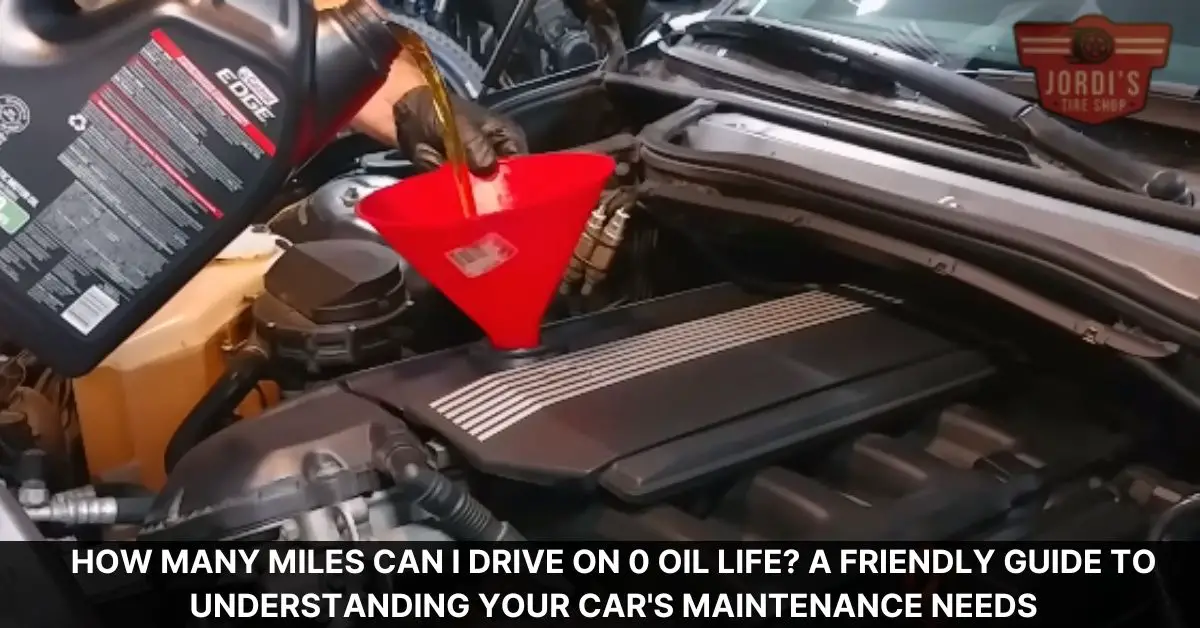We’ve all been there, glancing nervously at our dashboard as the oil life indicator drops perilously close to zero. It’s a moment that fills us with questions and perhaps a bit of dread. How many miles can we actually drive on 0% oil life? Is it a countdown to an inevitable breakdown, or do we have a grace period to breathe and plan our next steps?
Let’s dive into this common conundrum. We’ll explore what the oil life percentage really means, how it’s calculated, and most importantly, how far you can push your vehicle once that indicator hits the dreaded 0%. It’s a journey through the intricacies of car maintenance that could save us from a roadside headache. So buckle up as we navigate the facts and myths surrounding oil life in our vehicles.
Understanding Oil Life Indicator Systems
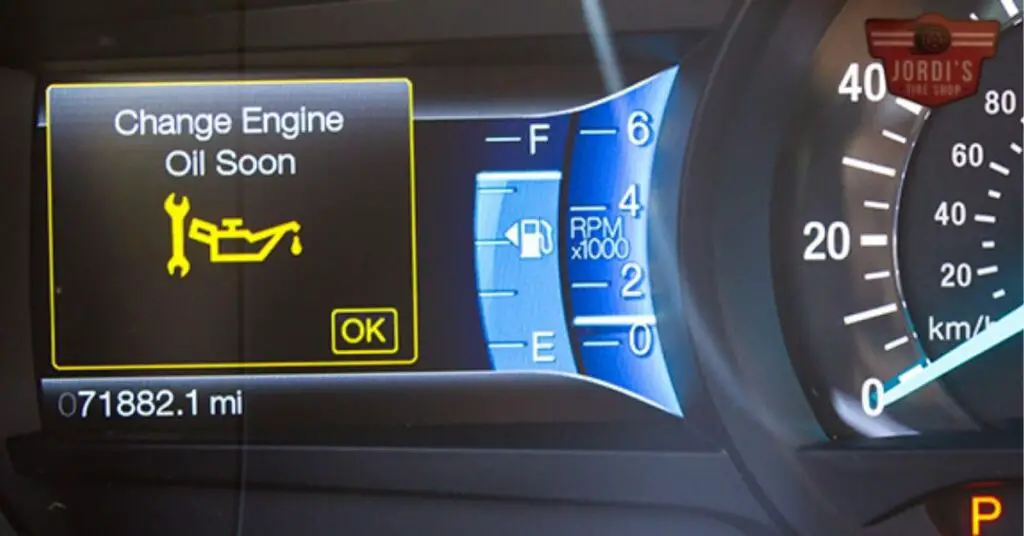
In exploring the realm of oil life in vehicles, it’s crucial to grasp the function and importance of oil life indicator systems. These systems, found in modern cars, provide drivers with valuable information about the oil’s quality and remaining lifespan. Unlike a simple oil level gauge, the oil life indicator assesses several car operation factors to estimate the condition of the oil.
Firstly, let’s discuss how these indicators work. They use a complex algorithm that considers engine temperature, driving speeds, idling times, and other factors affecting oil quality. For instance, frequent short trips might degrade oil faster than long highway drives due to the engine not reaching optimal operating temperatures. Interestingly, the system does not physically analyze oil condition but relies on these operational parameters to estimate it accurately.
Knowing when to change the oil is simplified by these indicators, as they translate the car’s operational data into a percentage representing the oil’s remaining life. When this percentage reaches 0%, the system is alerting us that the oil’s optimal service life is concluded and it’s time for a change. However, reaching 0% doesn’t necessarily mean the oil immediately becomes harmful to the engine. There’s a grace period, albeit short, allowing drivers to schedule maintenance without urgent pressure.
It’s crucial, however, to not overly rely on this grace period. Extending an oil change well beyond the 0% mark can contribute to engine wear, affecting performance and potentially leading to costly repairs. Manufacturers design these systems to offer a balance between operational efficiency and maintenance convenience, ensuring drivers can keep their cars running smoothly without premature oil changes.
Understanding the technology behind oil life indicators empowers us to make informed decisions about our vehicles’ maintenance. Ignoring these warnings could compromise the longevity and reliability of our engines, emphasizing the importance of regular check-ups and adherence to maintenance schedules.
The Risks of Driving With 0% Oil Life
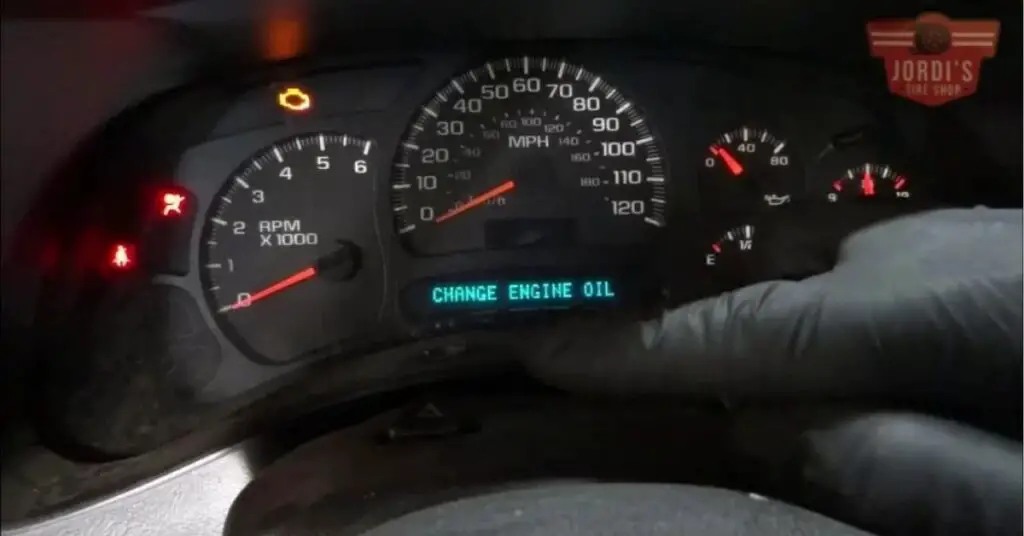
Understanding the crucial role that oil plays in the health of our vehicle’s engine, we recognize that driving with 0% oil life poses significant risks. At this critical point, the oil’s ability to lubricate and protect engine components diminishes, leading to several potential hazards.
First, engine damage stands as the foremost concern. Oil serves as a lubricant, preventing metal-on-metal contact between engine parts. Without this protective layer, parts wear down quickly, leading to premature engine failure. Engines are expensive to repair or replace, making it economically wise to avoid driving in this condition.
Second, reduced performance and efficiency become apparent. An engine running on depleted oil works harder than necessary, which can result in decreased fuel efficiency and compromised performance. Drivers might notice their vehicles struggling to accelerate or operate smoothly, signaling the need for immediate attention.
Lastly, overheating is a risk not to be overlooked. Oil also plays a role in cooling engine components by reducing friction and heat buildup. With 0% oil life, the risk of overheating increases, potentially causing significant damage to the engine and its surrounding parts.
It’s clear that the implications of ignoring the 0% oil life warning are grave. Not only does it endanger the vehicle’s engine with irreversible damage, but it also poses safety risks to us as drivers. Promptly addressing the need for an oil change can save us from these dangers, ensuring our vehicle remains reliable on the road. Moreover, regular maintenance keeps our engine running efficiently and prolongs the overall life of our beloved vehicle.
How Many Miles Can You Drive on 0% Oil Life?
Following our discussion on the risks of ignoring the 0% oil life warning in vehicles, many drivers wonder just how far they can push their luck. While it’s clear that driving with 0% oil life puts the engine at risk, the exact mileage one can cover before encountering serious problems varies. Nonetheless, let’s explore this critical question to provide some clarity.
Upon reaching 0% oil life, the truth is, there’s no universal answer to how many miles you can safely drive. Different vehicles respond differently based on their make, model, age, and condition of use. However, most automotive experts agree that it’s best not to test these limits. The moment the oil life indicator hits zero, the oil is likely already degraded past the point of providing optimal protection and lubrication to the engine components. This scenario doesn’t mean the car will stop running immediately but indicates that the oil’s effectiveness is significantly diminished.
Manufacturers tend to recommend an oil change within a few hundred miles past the 0% mark, offering a small buffer. For instance, some might suggest that driving another 50 to 100 miles won’t lead to immediate damage. Yet, every mile driven beyond this point increases the risk of engine wear, overheating, and potential failure. The exact mileage isn’t specified because it inherently encourages delaying necessary maintenance, which could lead to severe and expensive engine damage.
Our advice reflects the consensus among automotive experts: treat the 0% oil life indicator as a prompt for urgent action rather than a challenge to see how much further you can go. The risks associated with driving on depleted oil far outweigh the inconvenience of scheduling an oil change. To ensure the longevity of your vehicle and the safety of its passengers, prioritize getting that oil change as soon as your schedule allows.
Immediate Steps to Take When Your Oil Life Hits 0%
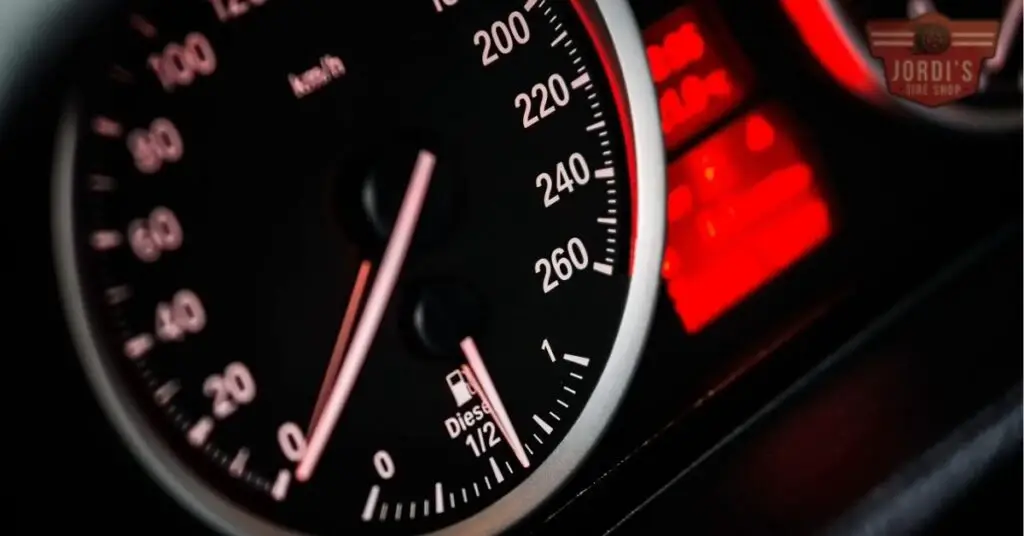
When your oil life indicator hits 0%, it’s crucial to take specific steps immediately to safeguard your vehicle’s engine and ensure its longevity. Here’s what we recommend:
- Stop Driving: As soon as it’s safe to do so, park your vehicle. Driving further, even for a few miles, could exacerbate potential engine damage due to inadequate lubrication.
- Check the Oil Level and Quality: Use your dipstick to check the oil level and its condition. If the oil looks very dark or has particles in it, it’s a sign that the oil needs changing right away. However, a low oil level might necessitate topping off before getting to a service station.
- Schedule an Oil Change: Call your local garage or dealership to arrange an oil change as soon as possible. If you’re within a safe driving distance to a service station and your oil level is adequate, drive there. Otherwise, consider using a roadside assistance service to tow your vehicle to prevent any engine damage.
- Inspect for Engine Damage: If you’ve been driving with 0% oil life for a while, ask the mechanic to check for any signs of engine wear or damage. Early detection can prevent more serious problems down the line.
- Reset the Oil Life Indicator: After the oil change, ensure the service technician resets the oil life system. This reset process keeps the indicator accurate, helping you to avoid similar situations in the future.
- Adhere to Oil Change Intervals: Moving forward, keep a closer eye on your vehicle’s oil life indicator. Following the manufacturer’s recommended oil change intervals can prevent you from running into a situation where your oil life hits 0% again.
Prioritizing these steps helps maintain your vehicle’s engine health and performance, ensuring you’re not left stranded or facing costly repairs down the line. Remember, the oil life indicator is there to help you keep track of your vehicle’s maintenance needs, so it’s in your best interest to heed its warnings.
Preventive Measures to Avoid 0% Oil Life
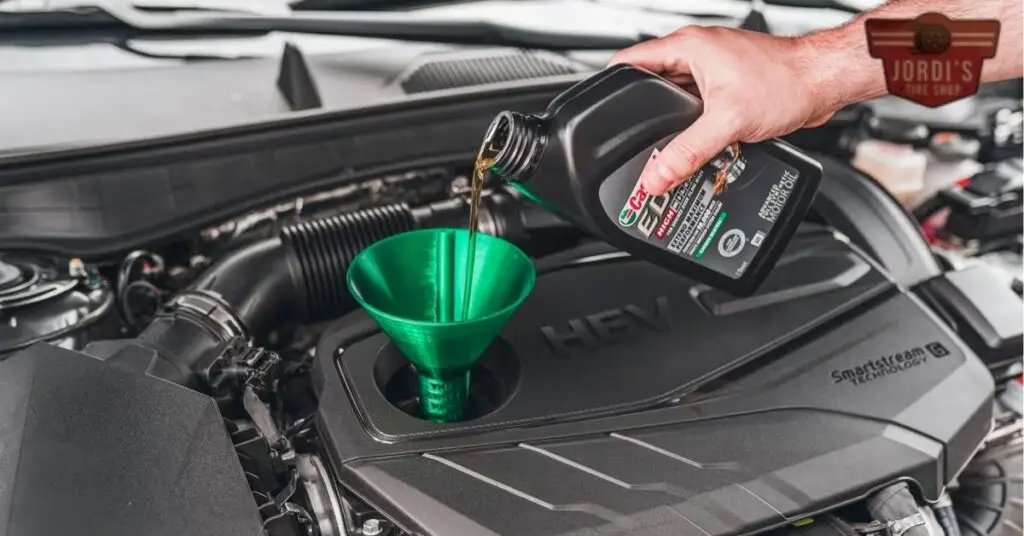
Focusing on the health of our vehicles, it’s crucial to understand the steps we can take to avoid reaching 0% oil life. This proactive approach ensures our engines remain in top condition, preventing the undesirable outcomes of driving with depleted oil.
Regularly Check Oil Level and Quality: Make it a habit to check the oil level and its quality every few weeks or before embarking on long trips. If the oil looks overly dirty or is below the minimum mark, it’s a signal for an oil change or top-up.
Adhere to Maintenance Schedule: Follow the vehicle manufacturer’s recommended maintenance schedule. This includes oil changes based on either mileage or time intervals, whichever comes first, to ensure you’re never running on compromised oil.
Use Quality Oil and Filters: Investing in high-quality oil and filters can significantly extend your vehicle’s engine life. Quality products do a better job of keeping the engine clean and running smoothly, thus maintaining a healthier oil life percentage for a longer period.
Monitor Driving Habits: Our driving habits directly impact the oil life. Frequent short trips, towing heavy loads, or extensive idling can accelerate oil degradation. Being mindful of how you use your vehicle can help maintain optimal oil life.
Heed Warning Lights and Messages: Never ignore the oil life indicator and other engine warning lights. These alerts are designed to inform us before the oil life hits 0%. Prompt response to these indicators can prevent the risk of driving with depleted oil.
Integrating these preventive measures into our routine, we can significantly reduce the chances of our vehicles operating on 0% oil life. It’s about being attentive, proactive, and committed to vehicle maintenance, ensuring our engines run efficiently and reliably for miles to come.
Conclusion
We’ve walked through the critical importance of not ignoring your vehicle’s cry for help when it’s running on 0% oil life. It’s not just about the immediate risks but also about the long-term health of your car. By embracing a proactive approach to maintenance—regular checks, quality products, and an ear to the ground for your car’s needs—we ensure our vehicles stay in top shape. Let’s not wait for the oil life to hit zero. Instead, let’s keep our engines happy, our rides smooth, and our minds at ease with timely care. After all, a well-oiled machine is the key to a worry-free drive.
Related Posts:

